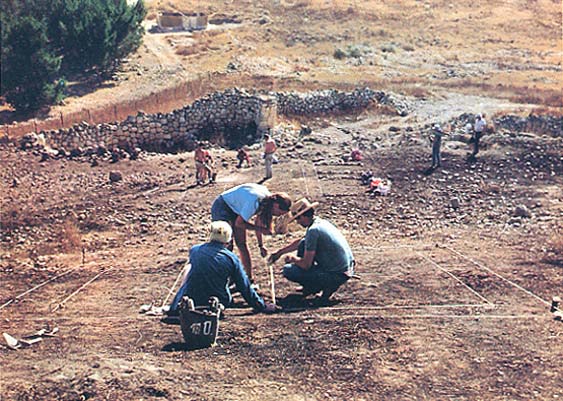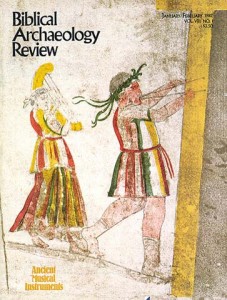
Many people do not realize that archaeology is destructive. Unlike experiments in physics or chemistry, which can be repeated in the lab, once a site has been excavated it cannot be re-excavated. The archaeological remains are gone forever from their position in the earth. Therefore, the key word for the archaeologist is CONTROL. The archaeologist must have total control over all of the information revealed in the excavation, so that later, with the help of this recorded information, it will be possible to interpret the excavated material and learn as much as possible from it.
Excavation technique is a sequence of procedures, each one enabling the archaeologist to maintain this control. After selecting a site, the archaeologist first draws a plan of the entire area so that prospective excavation areas and dumps can be plotted on it. The next step is to choose the actual spots to be excavated. On a tell, usually the first area chosen for excavation is a steep slope where it is easy to penetrate and reach different layers. By making a vertical slice into the side of the mound, the archaeologist is able to get a sample of each layer within the slope. This procedure provides the stratigraphy, or the order of layers which make up the tell, and will expose the history of the site. Then the archaeologist chooses other areas for excavation on the basis of visible remains or topographical features suggesting the possible existence of important structures, such as gates, buildings, fortifications or walls.
Already a library member? Log in here.
Institution user? Log in with your IP address.

